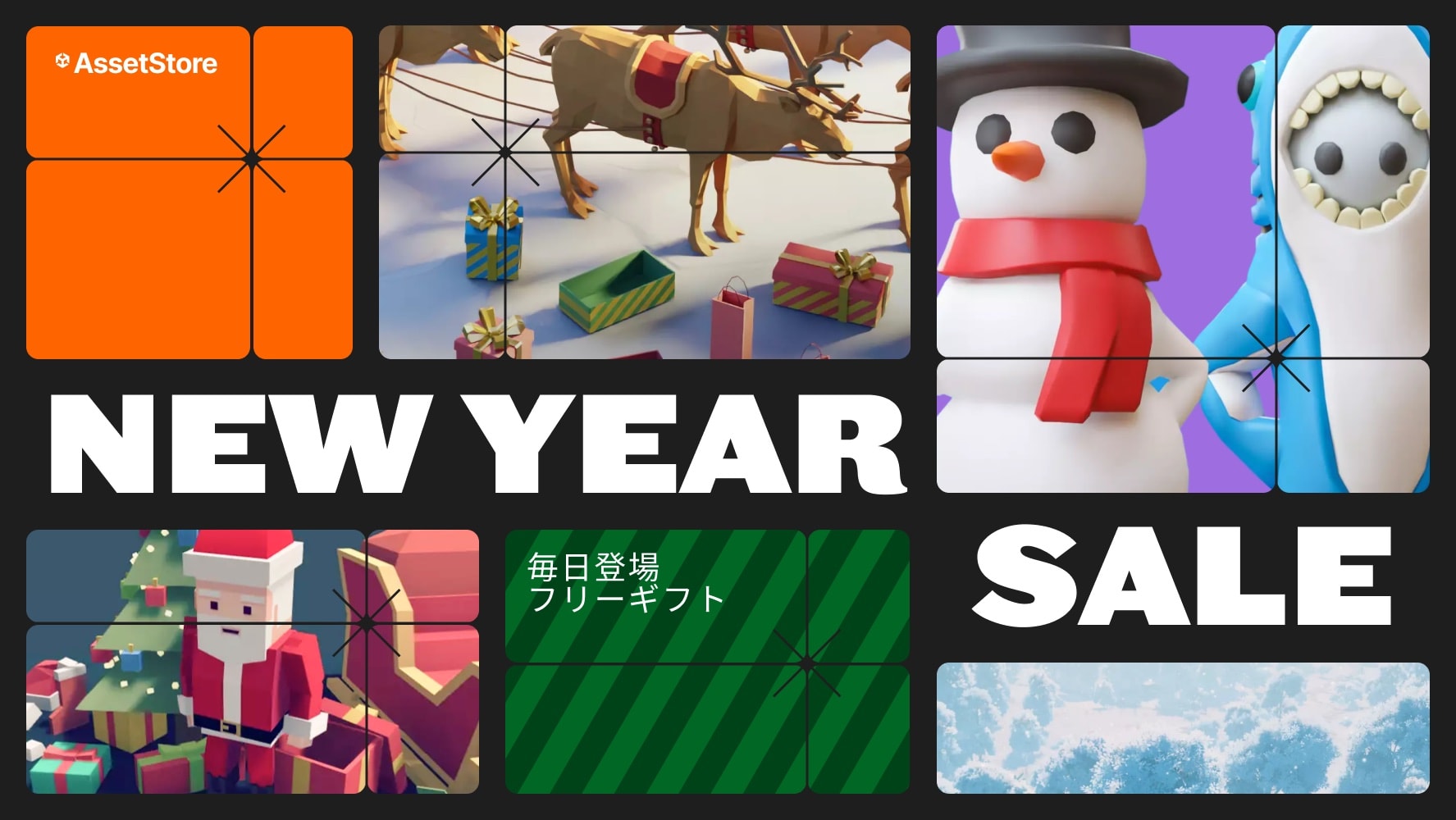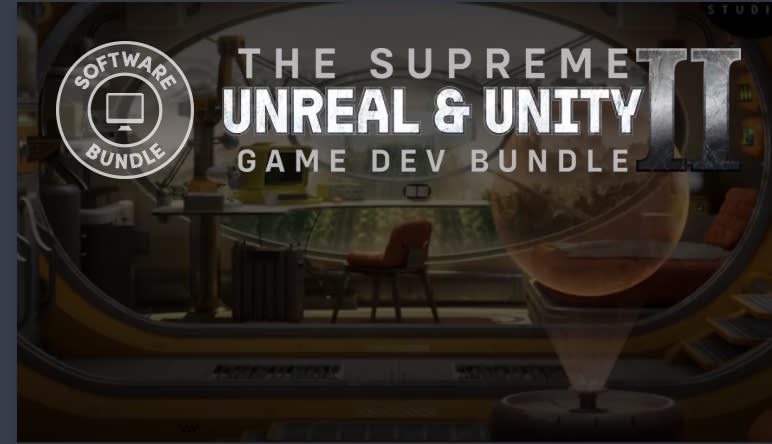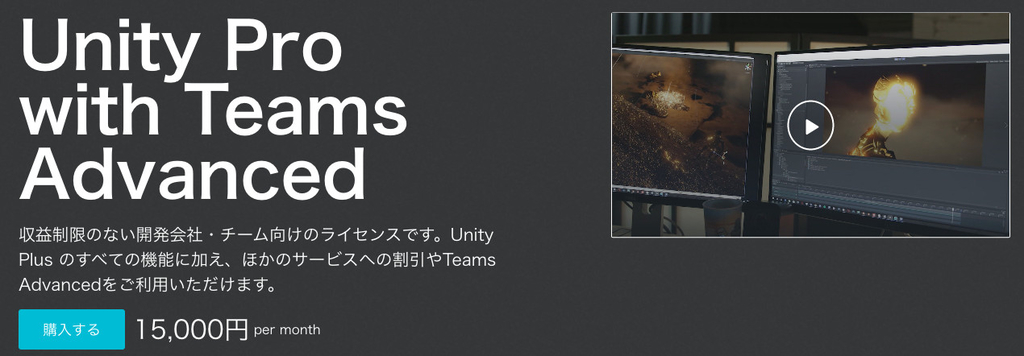
550+ Cyberpunk Material Collection Vol 2
Fit Fun Apps
$29.99
$79.99
63%OFF
(no ratings)
Jump AssetStore
The Cyberpunk Material Collection: Vol 2 has 560 high-quality materials & comes fully optimized to work out-of-the-box with PBR, Mobile, PC, Post-Processing, Built-in Render-Pipeline, URP, and HDRP.Materials Include: Cyberpunk, Sci-fi, High-Tech, & Futuristic-looking textures and patterns: Circuitry, Code, Cybernetics, Energy, Glitches, Glowing Patterns, Graffiti, Grids, Holograms, Interfaces, Lasers, Lights, Neon Objects, Matrix Textures, Nanotech, Projections, Robotics, Simulations, Tron, Virtual Reality, Wireframes, and 100's More!Have a look at the video above to see all 560 materials.Each material comes with the following texture maps:1. Base Color2. Normal3. Displacement4. Specularity5. Ambient Occulusion6. MaskEach Material Includes 10 Different Versions (Totaling 5,600 Material Files):Built-in Render Pipeline1. Standard (PC)2. Standard Specular (PC)3. Bumped Diffuse (Mobile)4. Bumped Specular (Mobile)5. Diffuse (Mobile)URP6. Lit (PC)7. Lit Specular (PC)8. Simple Lit (Mobile)9. Unlit (Mobile)HDRP10. Lit (PC - High-End)Post-processing for Demo scene is setup out-of-the-box for:1. Built-in Render Pipeline2. URP3. HDRPDemo Scene: In the Demo scene, there is a sample room for each of the 10 types of materials that automatically rotates through each of the 560 materials, allowing you to efficiently browse through each type.Documentation: Detailed documentation is included that covers how to easily view materials in Demo scene.Support: Please email brandon@fitfunapps.com if you have any questions or comments.Features560 Different Stylized TexturesEvery texture has a resolution of 2048 x 2048 pixelsPNG Image FormatTile pattern repeats seamlessly both vertically & horizontallyPBR, Mobile, & PC-ReadyTextures & Materials are already created for Built-in Render Pipeline, URP, & HDRP.10 Rooms in Demo scene to Display Materials: 1 for Each Type of MaterialYou can add the materials directly to your project without any configuration. To preview materials, Demo scene is setup to switch between different pipelines with 1 click.560 .mat Materials: Built-in Render Pipeline - Standard560 .mat Materials: Built-in Render Pipeline - Standard Specular560 .mat Materials: Built-in Render Pipeline - Bumped Diffuse560 .mat Materials: Built-in Render Pipeline - Bumped Specular560 .mat Materials: Built-in Render Pipeline - Diffuse560 .mat Materials: URP - Lit560 .mat Materials: URP - Lit Specular560 .mat Materials: URP - Simple Lit560 .mat Materials: URP - Unlit560 .mat Materials: HDRP - Lit5,600 Total .mat Material Files560 .png Textures: Base Color560 .png Textures: Normal560 .png Textures: Displacement560 .png Textures: Specularity560 .png Textures: Ambient Occlusion560 .png Textures: Mask3,360 Total .png Texture FilesAI was used to create the images.







